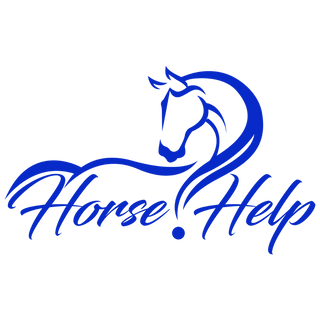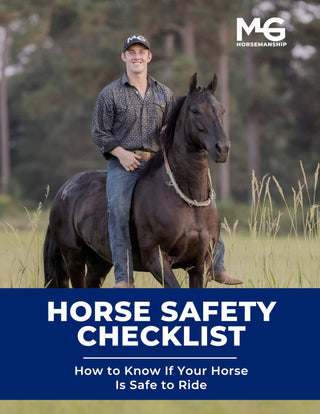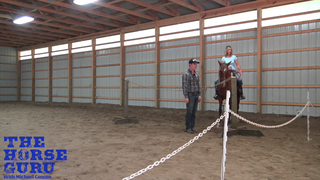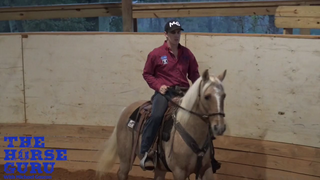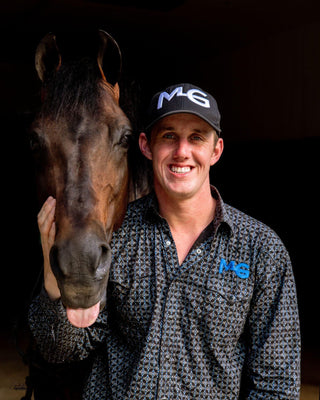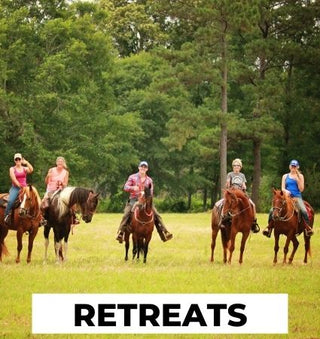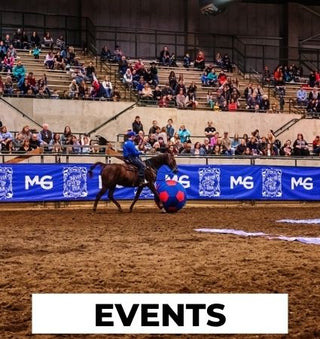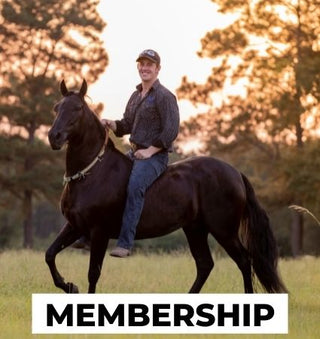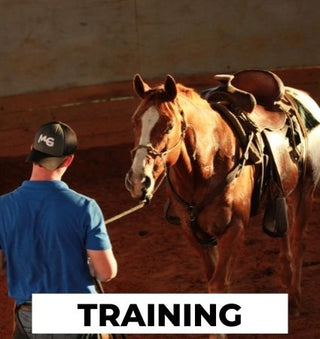Watch the Video Here or continue reading below!
When it comes to training gaited horses, the tools you use can make a big difference in the feel, responsiveness, and confidence of both horse and rider. In this post, internationally renowned horse trainer Michael Gascon—aka The Horse Guru—breaks down the two key benefits of using a solid bridle on your gaited horse and how it fits into a progressive training system. Whether you’re aiming for softness, collection, or world-level competition, understanding your tack is crucial.
What Is a Solid Bridle?
A solid bridle, often featuring a bar bit (non-jointed mouthpiece), is a type of bit that does not bend or flex like a snaffle. Solid bits come in different shank lengths and are designed to offer consistent pressure and clear communication. They're typically used in more advanced stages of training to help horses perform in a collected frame and become confident in the bridle.
Benefit #1: Increased Responsiveness and Unity
“One is to get them more handy left and right, getting them solid through their head and neck and shoulders.” —Michael Gascon
A major advantage of a solid bridle is that it helps your horse become more handy and responsive. With a solid mouthpiece and one-handed riding, cues are clearer and more direct. The bit doesn’t move independently like a snaffle, which means that when the rider applies rein pressure, the entire front end of the horse—head, neck, and shoulders—responds as a unit.
This is especially beneficial for gaited horses, who need to stay in alignment to maintain smooth, four-beat gaits. The solid bridle helps eliminate “wiggle” in the neck and encourages straightness and drive from behind.
Benefit #2: Encourages Collection Without Pinching
“When I drive him into the bridle… he’s gonna be confident bringing his back in closer because there’s no pinching effect.”
Unlike snaffle bits, which can create a nutcracker effect that pinches the horse’s bars or tongue when pressure is applied, a solid bit provides a stable and comfortable feel. This encourages the horse to move confidently into the bridle, which is essential for achieving collection, self-carriage, and back engagement.
This is especially important when training gaited horses for advanced performance, whether in the show ring or in classical disciplines like dressage. Horses learn to accept the bit and hold themselves in frame without constant movement or discomfort in their mouths.
How a Solid Bridle Fits Into a Training Progression
Michael Gascon doesn’t start with a solid bridle—he earns it. Here’s a quick breakdown of his step-by-step training system:
-
Start in a Natural Horsemanship Halter
Used during groundwork and the Respect Series, this establishes foundational respect and softness. -
Transition to a Snaffle Bit (No Leverage)
A broken-mouth snaffle bit helps develop softness and lateral flexibility. The nutcracker action encourages the horse to give to pressure. -
Move to a Snaffle With Shanks (Curb Bit)
Adds light leverage with the same mouthpiece, introducing more precise cues while still promoting softness. -
Graduate to a Solid Bar Bit (Solid Bridle)
Ideal for finishing horses, especially gaited or dressage horses. Offers clarity, consistency, and confidence under pressure.
Why Solid Matters for Finished Gaited Horses
“When you finish your horse, you want the most consistency possible.”
In elite riding schools like the School of Equestrian Art in Spain, finished horses are often trained with solid, heavy bits that allow for still hands and confident contact. These bridles promote a steady, consistent feel that finished horses come to rely on.
For gaited horses especially, where rhythm and relaxation are key to maintaining gait, this consistency in the bridle leads to better performances and happier horses. According to Michael, this is the bit he uses to win national and world championships.
Final Thoughts: Is a Solid Bridle Right for Your Gaited Horse?
A solid bridle isn’t for every horse—or every rider—at every stage. But once your horse has learned respect, softness, and responsiveness through groundwork and snaffle training, the transition to a solid bit can take your gaited riding to the next level.
If your goal is to ride one-handed, achieve clean collection, and build a confident, finished gaited horse, a solid bridle might be the tool you need.
